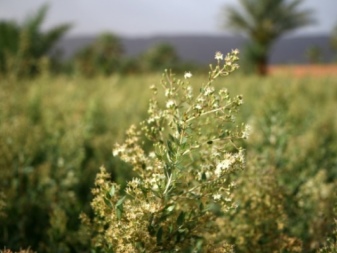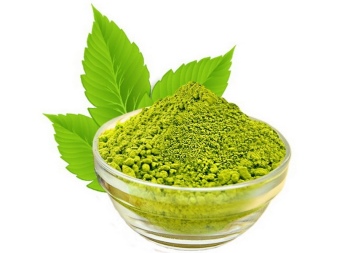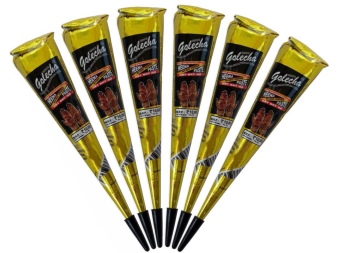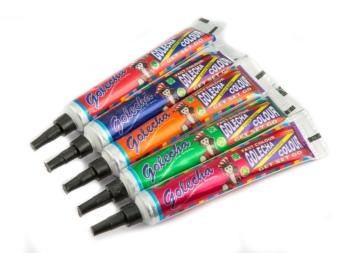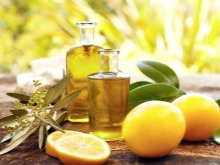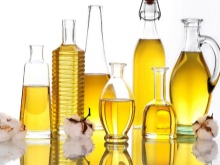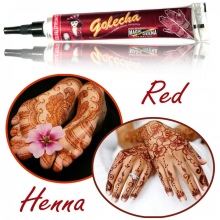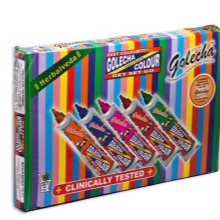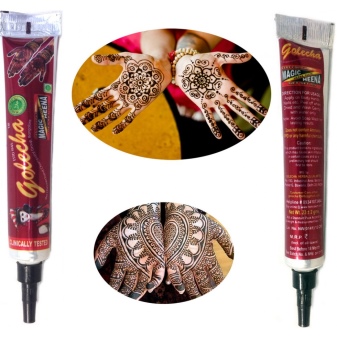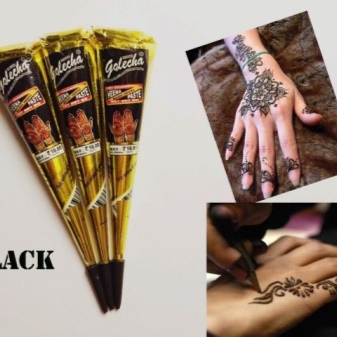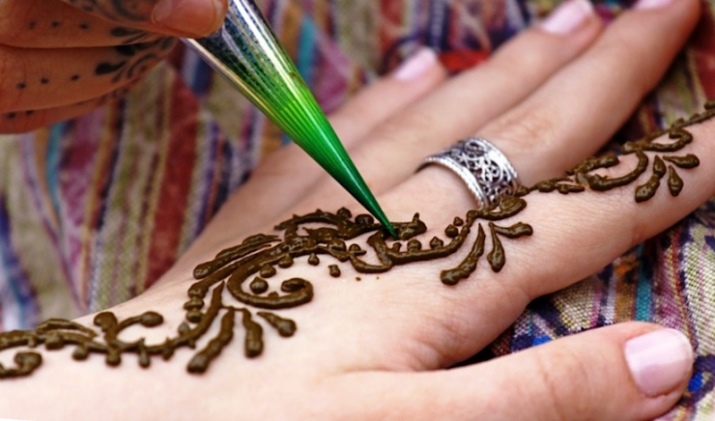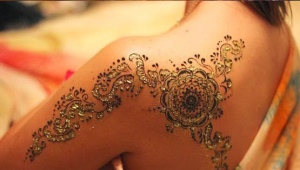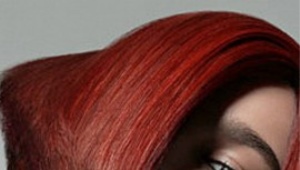Henna golecha
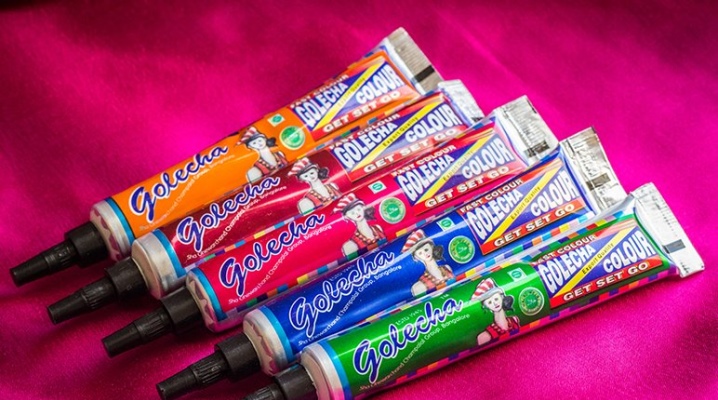
Natural henna finds its purpose in many guises. It is actively used for healing hair, dyeing it, and also it becomes a tool for temporary tattoos, called "mehendi". For the implementation of unique patterns, you can use ordinary henna powder, and you can use advanced developments that provide convenience to any master. Henna Golecha is a bright representative of innovations in henna painting.
What it is?
Mehendi is very popular today and, probably, everyone has ever thought whether these procedures are dangerous for the skin. So, natural henna is a powderobtained by chafing leaves of lavsonia growing on the warm lands of Iran, Egypt, India and Morocco.
The powder is very useful for skin and hair, because it is not in vain that Oriental women from time immemorial have used this plant in caring for themselves.
The beauties of the East and mehendi are drawn, filling them with symbolism. Natural henna is sold in ordinary sachets in the form of a dry powder, as well as in the form of a ready-made pasty substance. The latter is designed specifically for tattoos. Useful oils are often added to the purchased mixtures.
Features
Henna Golecha is a product originally from the state of Rajasthan, which is located in sunny India. Packaging can be:
- tuba;
- soft cone.
Both types have a protective cap or cap, which prevents the open mixture from drying out. The composition of the paste contains natural substances:
- leaves of Lawson;
- lemon juice;
- aloe vera oil;
- eucalyptus oil;
- water.
Such a composition pleases experts, because experts in bio-tattoo know firsthand that the breeding of henna with water can not fully reveal the dye.
But the oils react with the substances, giving the coloring pigment to affect the skin with great effect.
The presence of water here is also understandable, since dilution of the mixture with pure oils will create a potent concentrated mixture that can cause allergies. Lemon juice is another essential ingredient in a professional blend.
An interesting feature of henna is its wide color palette. In the assortment you can see black, silver, white, gold, brown, orange, blue, red, green, maroon. With this variety it is easy to make the most vivid patterns.
However, one should not forget that a natural powder can have an exceptionally reddish-brown hue, which, depending on its concentration, turns into dark brown or reddish. Therefore, it is safe to say that Golecha uses artificial colors in its production.
The manufacturer does not indicate the full composition on the package. However, specialists involved in testing all ready-made henna-colored mixtures pay attention to the presence of paraphenylene diamine in almost all of them. This chemical can cause allergies to sensitive skin and even disfigure it with a burn. This, however, may not happen, however, it’s not very reasonable to hope for a case against your skin. Other data speak of colored henna as an acrylic hypoallergenic glitter, that is, a mixture of henna and paint that cannot be absorbed into the skin, and therefore the effect of its use is transient.
Instructions for use
The use of the finished mixture facilitates the application of drawings. Before starting work, you must open the lid at the tube or cut off the tip of the cone with scissors, stepping back the minimum distance, because the lines should be thin.
The correct technique of resistant design provides:
- thorough peeling of the body part where mehendi is planned;
- degreasing with alcohol;
- a sketch of the picture with a pen on the skin (if you have skills, this item can be skipped;
- drawing the selected image;
- the minimum absorption period is 40 minutes;
- removal of the dried crust of the mixture;
- application on the skin of natural oil.
With the technique of drawing henna pattern can be found by watching the following video.
After the bio-tattoo procedure, the surface is protected from water for 24 hours. The maximum color saturation of the pattern from Golecha henna "Fast Color" can be seen on day 3.
Reviews
Product reviews are numerous, which means it is popular. It is easy to use henna, and beginners actively use it. According to users, the paste goes well on the skin and dries quickly. Professionals do not consider the product to be henna, calling it chemical and dangerous. Anxious about the health of their customers, they prefer to dilute the powder themselves using proven natural oils and additives.
Golecha henna testing - in the next video.
